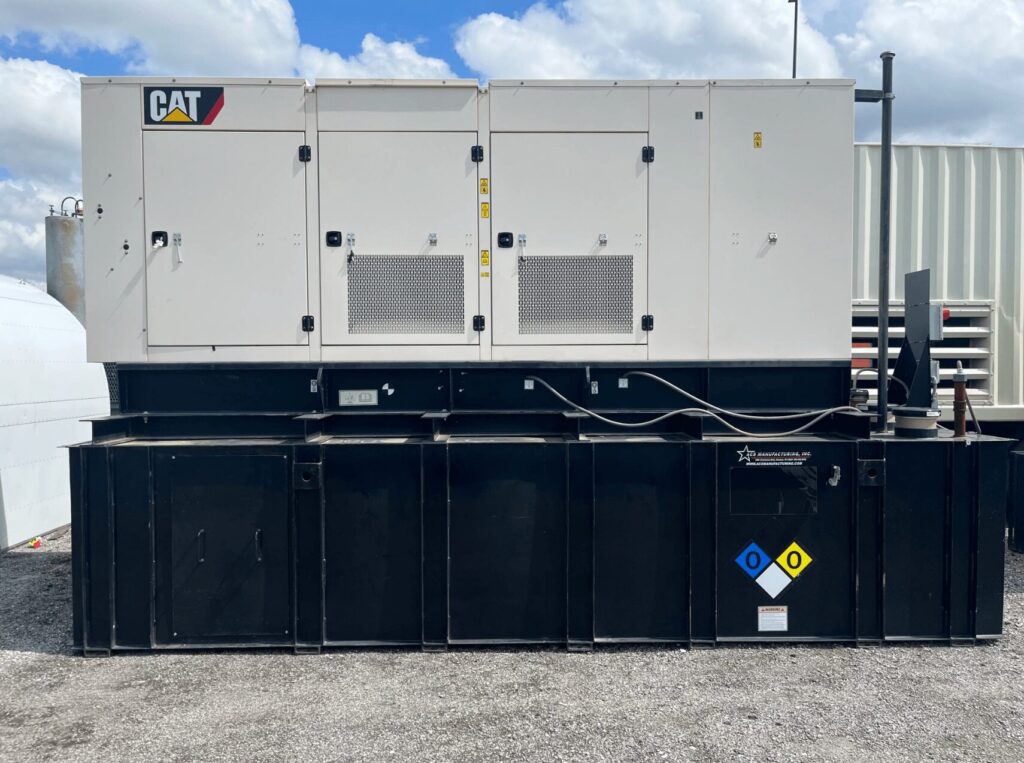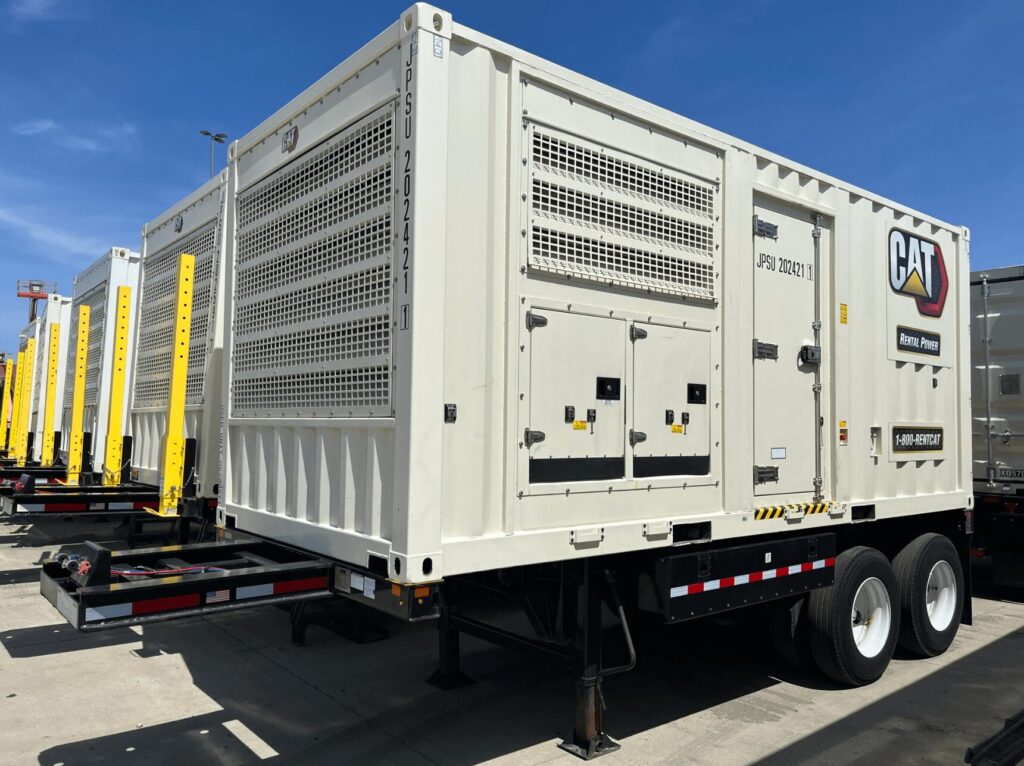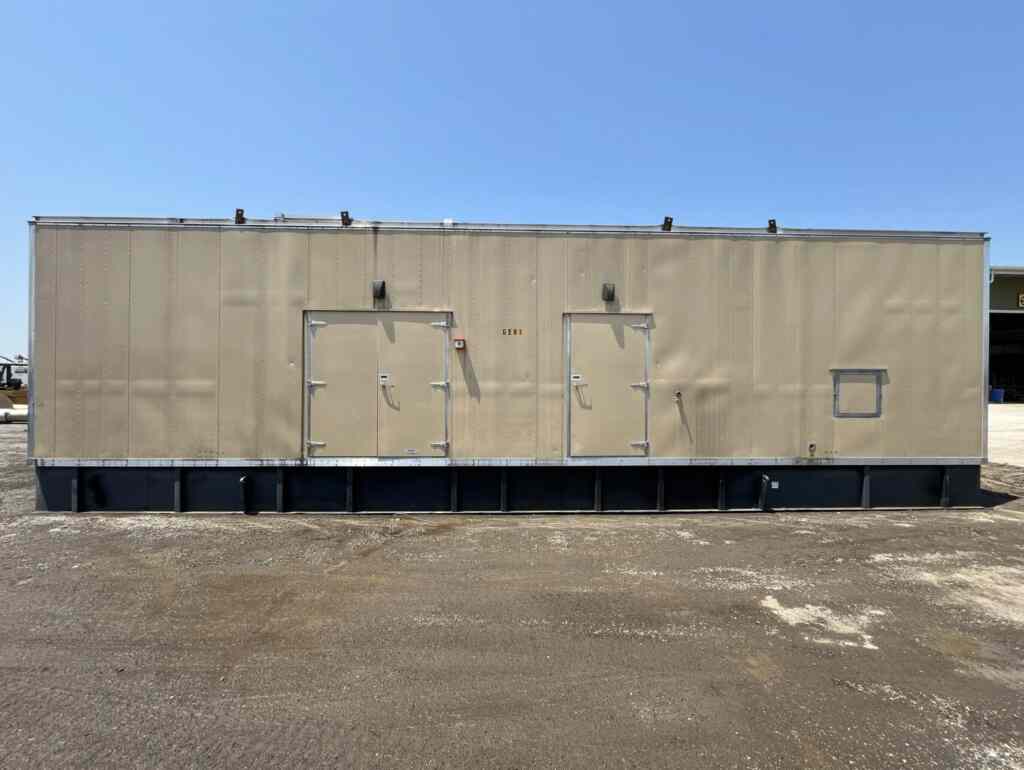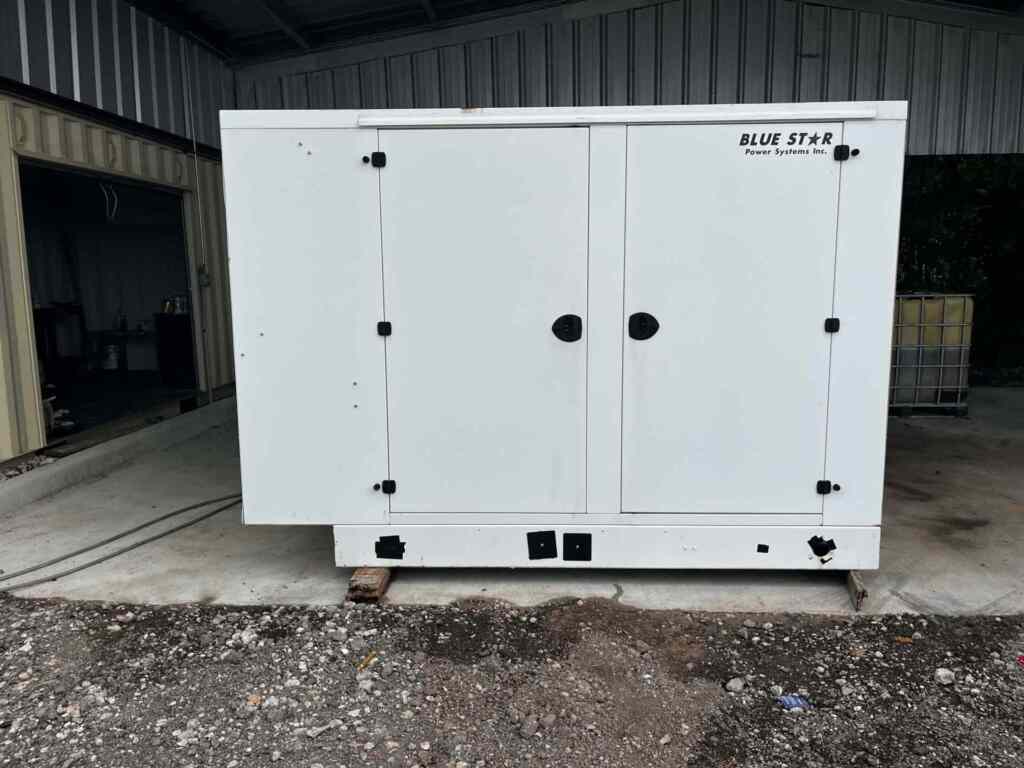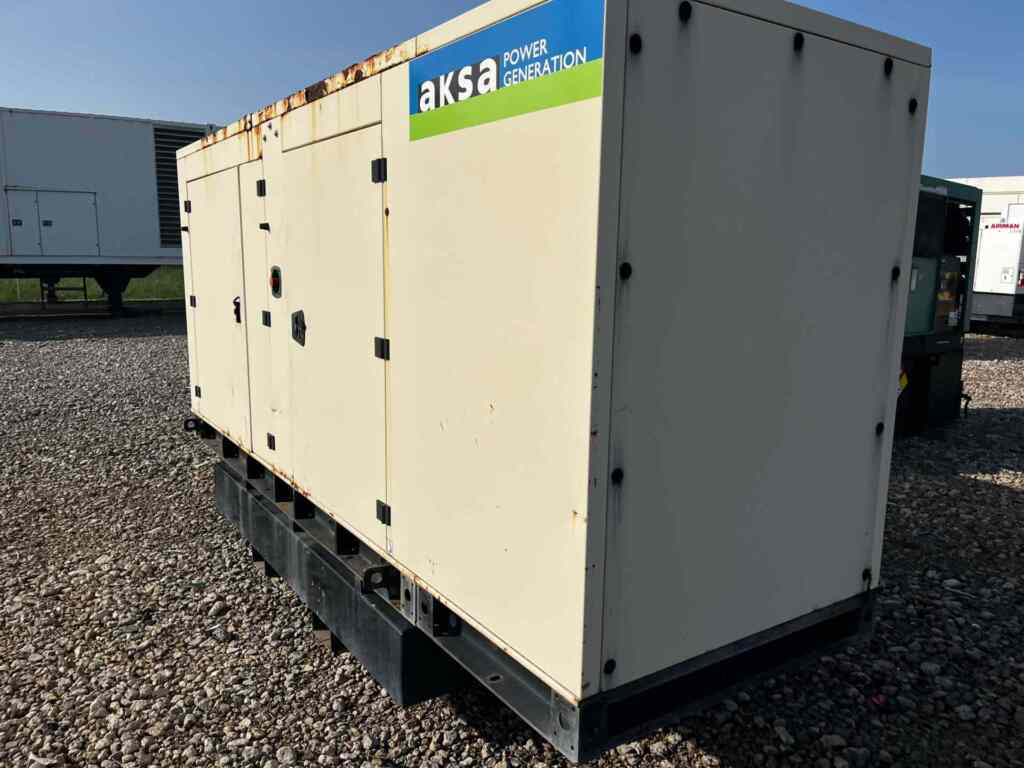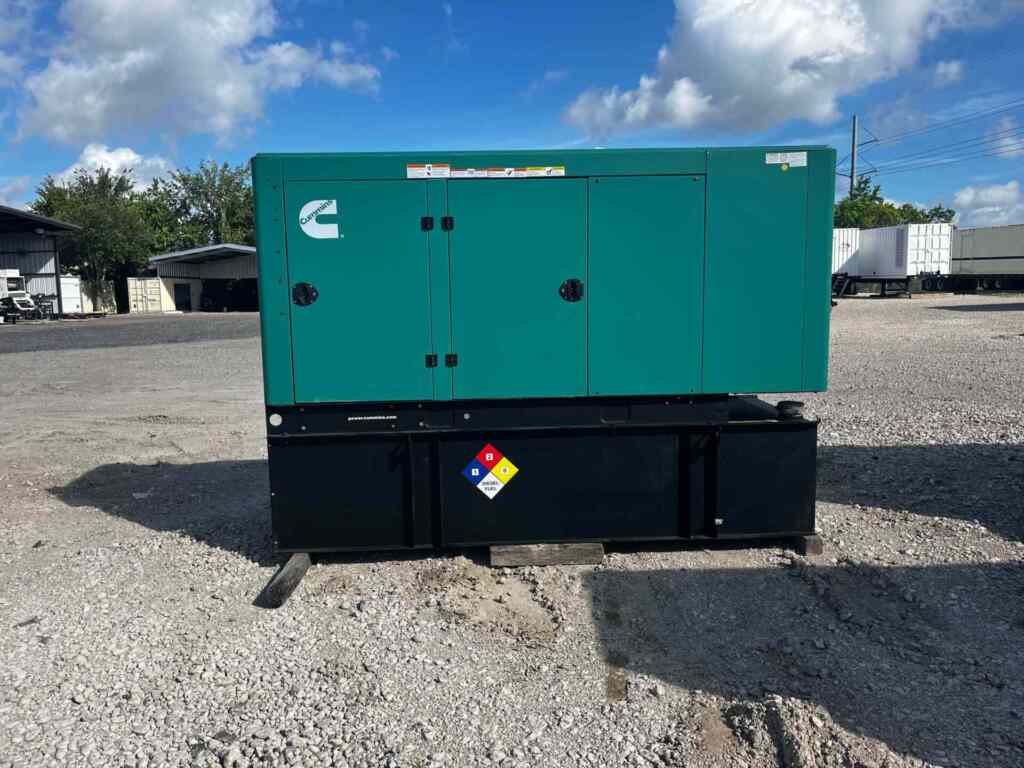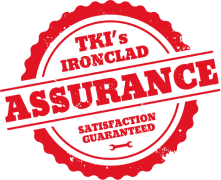Choosing the right commercial generator is vital to guarantee reliable power for your business operations. However, it requires more than selecting a model or size. Comprehensive site inspections are essential to address safety, compliance, and performance factors. These steps ensure that your chosen generator aligns with your operational needs. Here are six critical inspections to consider before finalizing your purchase.
1. Physical Inspection of the Generator
A comprehensive physical inspection ensures the generator is in proper working condition and free from visible or potential defects. By examining the key components of the generator, you can address issues early and avoid future operational problems.
| Inspection Area | Description | Key Actions |
| Condition Check | Inspect the display panel, emergency buttons, and the overall physical state of the generator. | Look for visible damage, ensure control interfaces are responsive, and test all indicators. |
| Leakage Inspection | Check for fluid leaks, including fuel, oil, and coolant. | Examine the diesel tank, hoses, and fittings for wear or damage. |
| Safety Features | Ensure all safety mechanisms are operational. | Test smoke and carbon monoxide detectors, emergency stop buttons, and automatic shutdown systems. |
| Battery and Electrical Systems | Inspect the battery condition and charging system. | Check for corrosion, secure connections, and adequate charge levels. Test the battery charger. |
| Belts and Hoses | Examine belts and hoses for wear. | Replace components with cracks, fraying, or overstretching. |
| Air and Fuel Filters | Assess the cleanliness and functionality of filters. | Replace clogged filters to maintain performance and prevent engine strain. |
Regular inspections in these areas ensure long-term reliability and prevent costly downtime.
2. Installation Site Considerations
Proper site preparation is essential for a successful commercial generator installation. Several key factors determine whether your site is suitable for a specific generator model and ensure a smooth setup process:
- Space Requirements: Ensure adequate space for the generator and maintenance access. Verify compliance with local regulations, such as requirements for concrete pads.
- Environmental Factors: Evaluate whether the generator will be installed indoors or outdoors. Consider ventilation needs, noise regulations, and exposure to extreme weather conditions.
- Security Measures: Implement fencing, surveillance, and other protective measures for outdoor installations to safeguard against vandalism and environmental hazards.
- Site Conditions: Assess local temperatures, altitude, and humidity levels. For example, generators at altitudes above 3,281 feet may require derating to maintain efficiency, while corrosive environments might demand enhanced protective coatings.
Proper site evaluations help ensure compliance and optimize generator performance for your location.
3. Regulatory Compliance
Regulatory compliance ensures the legal operation of your commercial generator while adhering to safety and environmental standards. Ignoring these requirements can result in fines, delays, or operational interruptions.
- Permits and Certifications: Secure all necessary permits to comply with local building codes and safety regulations. Verify that the generator meets zoning laws and emissions control requirements.
- Fitness Certificates: Confirm the generator has a valid Certificate of Fitness issued by an authorized entity. Ensure operators are certified to handle the generator safely and in compliance with local rules.
Regularly reviewing regulatory updates and maintaining proper documentation helps avoid compliance issues and ensures a smooth installation process.
4. Operational Readiness
A generator must deliver reliable power during critical situations. Assessing its operational readiness before purchase helps prevent unexpected failures that could disrupt business operations. Regular maintenance plays a vital role in ensuring that generators remain dependable and perform effectively during emergencies. Understanding how maintenance impacts generator reliability can provide valuable insights into prolonging equipment life and enhancing performance.
Operational readiness includes reviewing the generator’s maintenance history and testing its performance. Neglected or poorly maintained units may show signs of wear, while untested generators may have hidden weaknesses that compromise their reliability during emergencies.
- Maintenance History: Review detailed service records to identify recurring issues or irregular maintenance patterns. A well-documented history of regular servicing reflects reliability and care.
- Load Testing: Conduct load bank testing to confirm the generator’s ability to handle its rated capacity. This test ensures stability under real-world conditions and identifies potential weaknesses before installation.
Addressing these factors ensures the generator stays reliable and meets your operational requirements effectively.
5. Documentation and Training
Proper documentation and training are essential for effective generator operation and maintenance. Without clear guidelines and well-trained personnel, operational errors and inefficiencies can occur, jeopardizing the reliability of your generator.
- Standard Operating Procedures (SOPs): Ensure SOPs for operation and maintenance are easily accessible. Train personnel on startup, shutdown, routine checks, and emergency responses to reduce risks and improve efficiency.
- Inspection Records: Maintain detailed records of inspections, including findings and corrective actions. Organized documentation helps monitor the generator’s condition and address recurring issues promptly.
Comprehensive documentation and proper training safeguard your generator’s performance, ensuring it operates reliably and efficiently in any situation.
6. Noise and Vibration Mitigation
Generators are essential for a reliable power supply, but they often produce noise and vibrations that can disrupt nearby operations or violate local regulations. Addressing these issues during the planning and installation phase is critical to ensure compliance and maintain a productive environment.
Effective noise and vibration control not only minimizes disturbances but also protects sensitive equipment, structures, and operations in the vicinity. Whether the generator is installed near residential areas, offices, or other noise-sensitive zones, proactive measures can make a significant difference.
- Install soundproof barriers or acoustic enclosures to significantly reduce noise levels and ensure quieter operation in noise-sensitive locations.
- Use vibration dampers, such as isolation pads or flexible mounts, to prevent vibrations from affecting nearby structures and equipment.
- Position the generator strategically to minimize noise and vibration transmission to adjacent areas, especially those requiring a quieter or stable environment.
Taking these steps ensures compliance with regulations, uninterrupted operations, and a harmonious environment for all stakeholders.
Your Partner for Reliable Commercial Generators
Turnkey Industries specializes in providing high-quality pre-owned industrial generators tailored to diverse operational needs. Here’s why businesses trust us:
- We have a wide range of generator sizes and capacities to suit various industries and applications.
- We offer thorough inspections, servicing, and load bank testing to guarantee reliability and efficiency.
- We provide expert guidance to help you select the right generator for your specific requirements.
- You will benefit from seamless worldwide delivery for fast and hassle-free procurement.
Ready to power your operations with a reliable generator? Browse our extensive inventory today or contact our team for expert assistance.
 Turnkey Industries offers a variety of high-capacity
Turnkey Industries offers a variety of high-capacity 